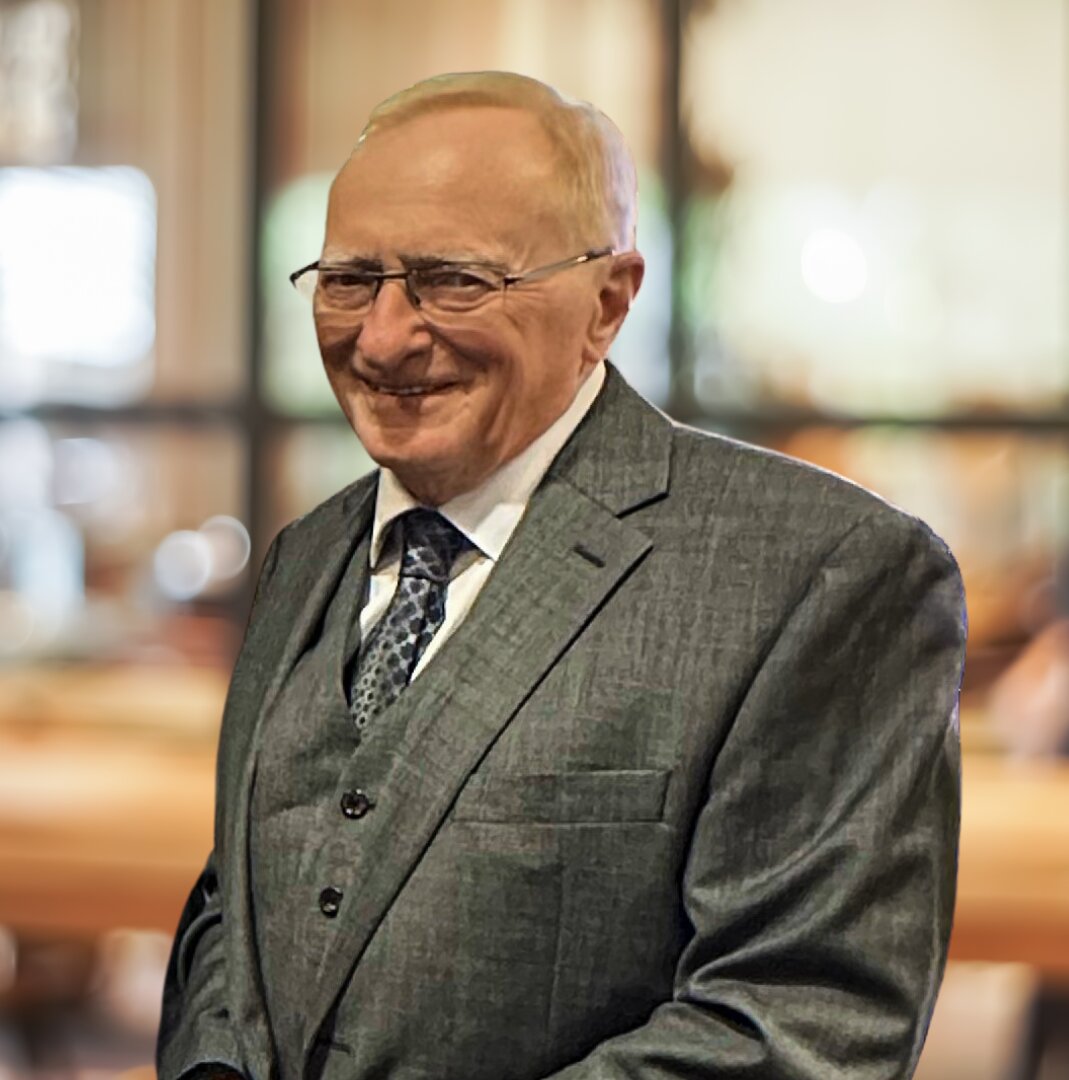Source: Herald-Standard
December 7, 2023
On Dec. 6, 1962, workers headed to the mine Robena No. 3 traveled there in bad, snowy weather.
“Little did they know their peril didn’t lie in their journey there but what would take place that fateful day,” said Ed Yankovich Jr., a member of United Mine Workers of American (UMWA) Local Union #1980.
An explosion near the mine’s Frosty Run Shaft, caused by an accumulation of methane gas and coal dust, killed 37 miners.
Wednesday marked 61 years since their deaths. Officials held a memorial service at the Robena Monument off Route 21, just west of the former Hatfield Power Plant.
At 18, Albert Bronakoski was the youngest miner who died in the explosion, a Penn State student studying to be a mining engineer — mining despite his father Adam, a superintendent of the Shannopin mine in Bobtown, forbidding it.
One of the oldest miners to die in the Greene County mine disaster was Alex Marra, a 62-year-old first-generation Italian immigrant who planned to retire the following spring.
Tragedies like the Robena Mine explosion, along with the Farmington, W. Va., mining disaster in 1968, led to the adoption of the Federal Coal Mine and Health and Safety Act of 1969.
“These men didn’t die in vain,” Yankovich said, adding that miners and other workers live today because of the lessons learned from disasters like Robena.
Chuck Knisell, the international vice president of UMWA District #2, said the sacrifices made 61 years ago have helped the workers of today.
“The folks that work at the Cumberland Mine — men and women who go to work at the Cumberland Mine every day — have it better because of what happened to these men,” Knisell said. “They died to make things better for us.”
Although conditions have improved since the disaster, UMWA International secretary/treasurer Brian Sanson said there’s still work to be done. He explained that today’s miners remain at risk and are still being diagnosed with black lung disease. Some of those who have been diagnosed with the condition, he said, are in their 40s.
Black lung is a disease caused by the long-term inhalation of coal dust in underground and surface coal mines. According to the National Institute for Occupational Safety and Health (NIOSH), the disease has caused or contributed to more than 76,000 deaths since 1968.
“Today, we have miners suffering,” Knisell said. “There are still safety standards that haven’t been met.”
The Federal Coal Mine Health and Safety Act included the Black Lung Benefits Act, which established health and safety standards to reduce miners’ exposure to coal dust and created a program to provide compensation and medical care to miners who are disabled because of the disease.
Last month, U.S. Sen. Bob Casey was in Fayette County to discuss the Black Lung Benefits Improvement Act of 2023, meant to streamline the process for miners who are applying for benefits.
“We have to make it a priority that we never forget and continue to fight for these safety protections,” Sanson said, urging unions to push the Mine Safety and Health Administration to protect coal miners.
Written by: Mark Hofman









